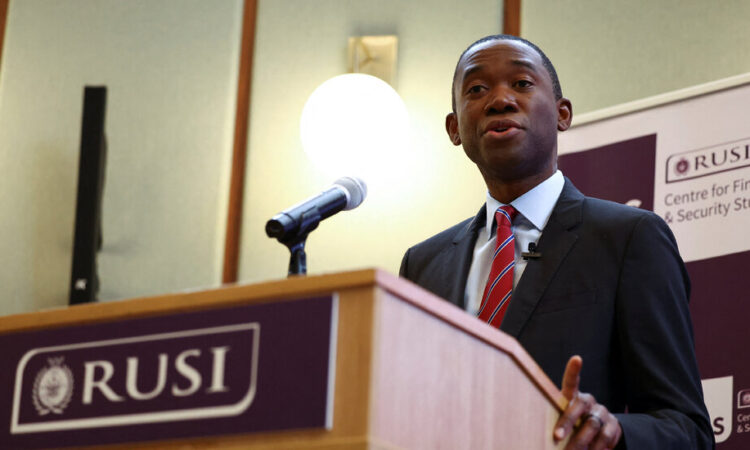
In 1980, there were 24 private equity firms, according to Prequin, which tracks alternative assets; by 2022, there were around 5,000 private equity firms controlling some 18,000 companies. Among the industries where private equity sank deep roots was health care. Private equity’s defenders, such the Healthcare Private Equity Association, say that its members are “building strong companies to positively impact health care,” but its critics say there is an irreconcilable conflict between building profits for investors and doing what is best for patients. The nursing home industry, they say, is one of the starkest examples.
Nursing homes cannot easily absorb the debt of a private-equity deal. The model depends on borrowing money to buy a company and then putting the debt on the balance sheet of the acquired company. With nursing homes, the firms often sell the underlying property to a real estate investment trust — forcing nursing homes to pay rent for facilities they had previously owned, while the cash from the sale goes to investors. Nursing homes do not have the ability to expand like a typical company, says Sabrina T. Howell, an economist at New York University who studies private equity, because they derive 70 and 90 percent of revenue from the federal government.
Thin margins have forced many nursing homes to shrink their nursing staff, leaving them ill prepared when the pandemic hit. Ms. Howell was a co-author of a study in 2019 that concluded that private-equity ownership can increase nursing home mortality by 11 percent. One New Jersey analysis found that facilities owned by private equity had a higher rate of Covid-19 deaths and cases than nursing homes not owned by private equity. In New Hampshire, by the end of 2020 one-fifth of all Covid deaths took place in three nursing homes owned by Genesis Healthcare, then controlled by Formation Capital, a private-equity firm narrowly focused on nursing homes.
Most economists who study this problem say the incentives are misaligned. Fewer than 20 percent of all nursing homes meet a recently proposed minimum staffing level, according to a Kaiser Family Foundation estimate. And Mark Parkinson, the chief executive of the American Health Care Association, which represents 14,000 nursing homes, described that proposal as “unfounded, unfunded and unrealistic.”
“Nursing homes are producing a good that we think has an important social function, which is why the government is essentially paying for it,” Ms. Howell said. “And the strategies that lead to maximizing profits are not the strategies that are necessarily in the best interest of taxpayers or the customers.”






